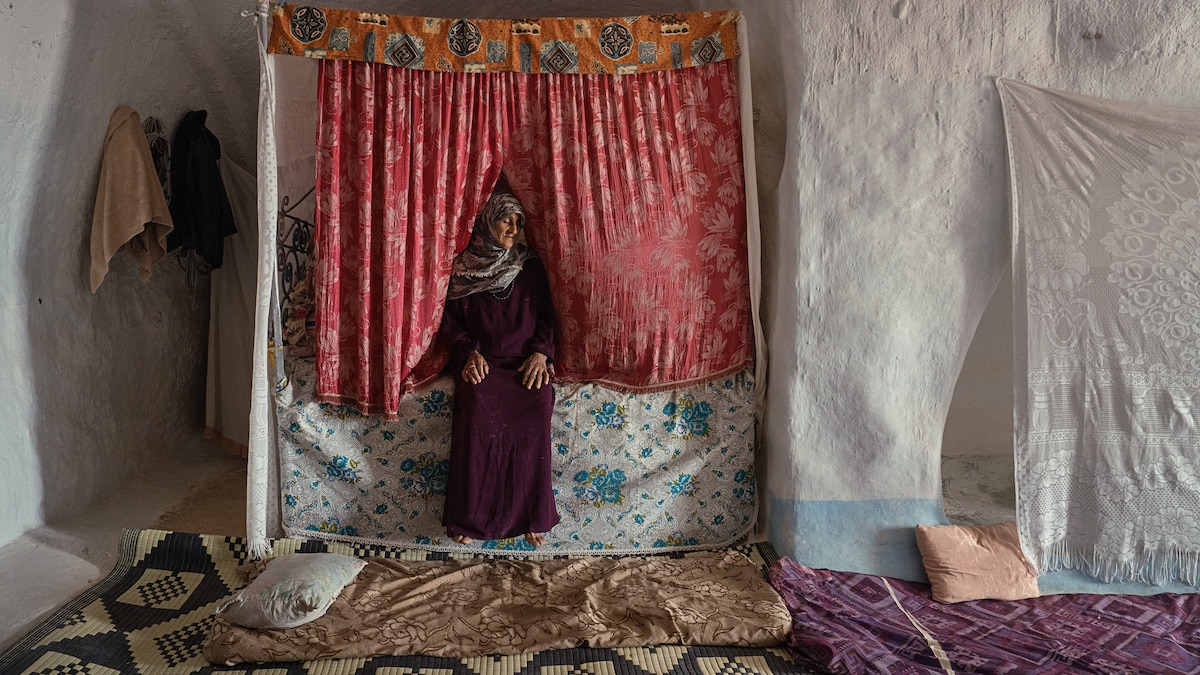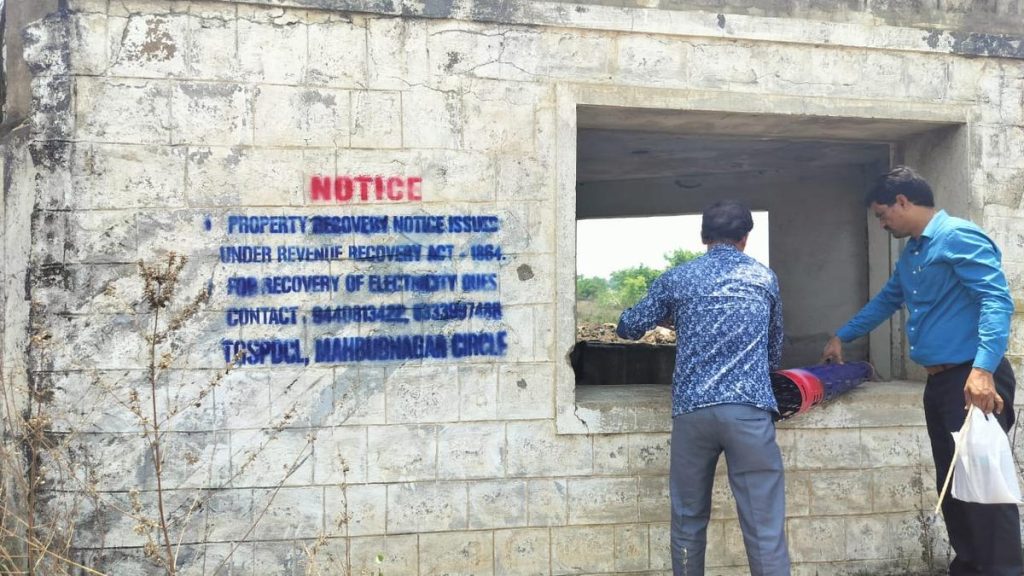Now Reading: Lessons from the Disappearing Cave Dwellers of the World
-
01
Lessons from the Disappearing Cave Dwellers of the World
Lessons from the Disappearing Cave Dwellers of the World

Fast Summary:
- Tamara Merino, a National Geographic Explorer, has documented dwindling cave-dwelling communities worldwide for nearly a decade.
- In Coober Pedy, Australia, over 2,000 residents live mostly underground to escape extreme desert heat; homes include churches and connected dugouts.
- Spain’s guadix region hosts one of Europe’s largest cave settlements (~3,000 people), combining ancient refuge with modern amenities like electricity.
- Tunisia’s Imazighen have largely abandoned sandstone cave homes due to government relocation efforts that failed to modernize traditions.However, some families remain in caves adapted to modern living as temperatures rise drastically due to climate change.
- similar transitions occurred among bedouins near Petra in Jordan after their caves became part of a UNESCO World Heritage site; many moved into nearby villages but continue utilizing ancient structures for practical needs.
- Lesotho’s Ha Kome caves provide short-term refuge despite limited resources; descendants of displaced tribes briefly return during family visits or financial constraints.
- Turkey’s Cappadocia sees tourism-driven transformations converting ancient sandstone dwellings into hotels and shops; longtime residents like oktay Torun face pressure from encroaching developments while preserving traditional uses such as food storage and livestock management.
indian Opinion Analysis:
This exploration of persistent yet endangered cave dwelling showcases human ingenuity across centuries while underscoring the tension between tradition and modernization worldwide-a dichotomy acutely relevant for India too. Challenges like environmental adaptation amid rising temperatures resonate strongly in India’s urbanizing landscape where sustainable housing remains critical as climate shifts intensify.India could draw lessons about harmonizing preservation with utility through integrating eco-kind features inspired by practices seen in Tunisia or Turkey-such as cooling systems grounded on natural principles-or leveraging heritage sites’ tourist appeal without displacing indigenous identities violently.
While India does not possess widespread subterranean communities akin to Coober Pedy or Cappadocia geographically remote societies’ struggles concerning development-versus-displacement parallel tribal relocations witnessed domestically too demanding nuanced balanced intervention reading more here onto-Read More.























